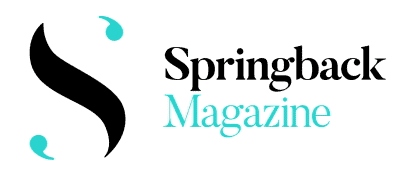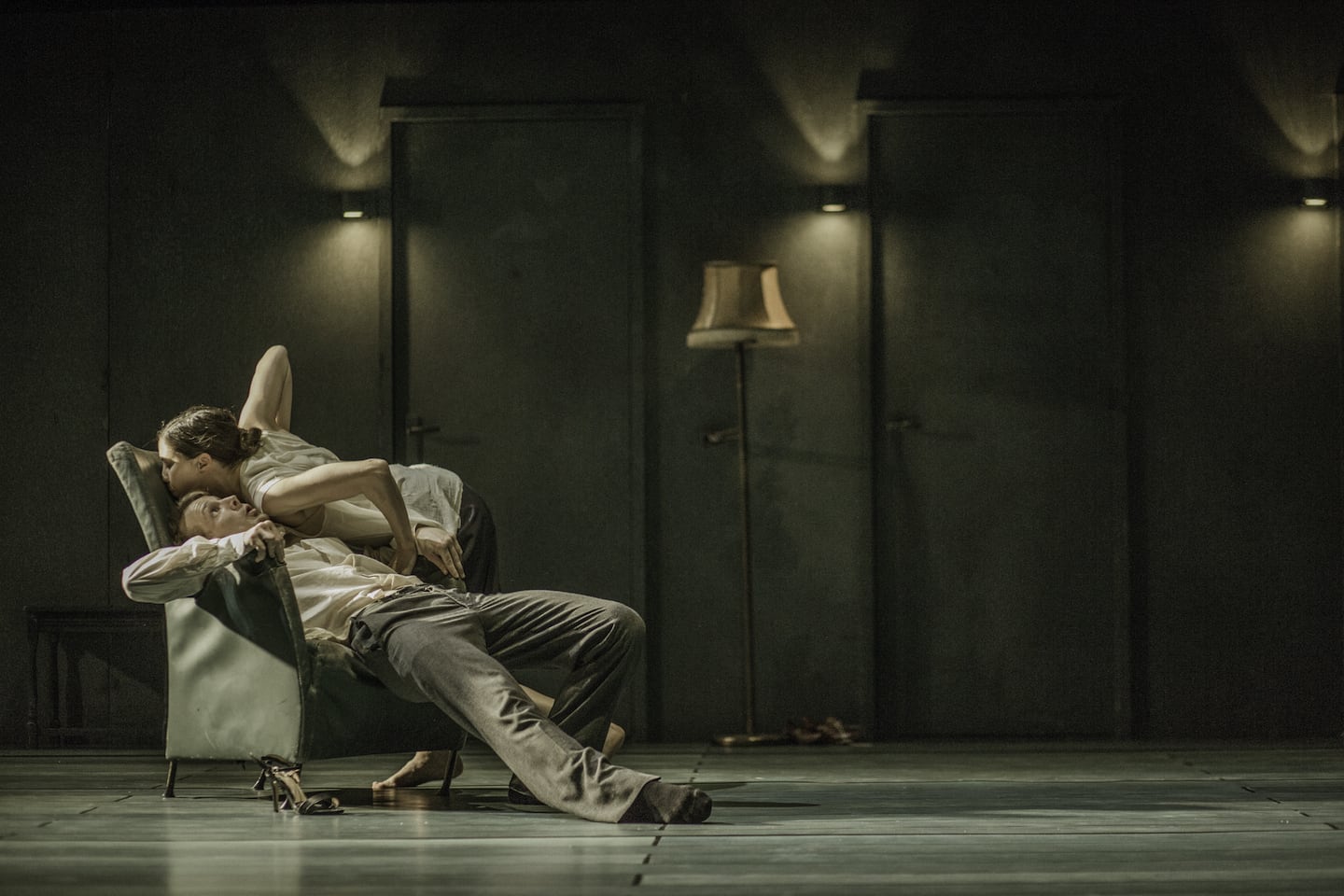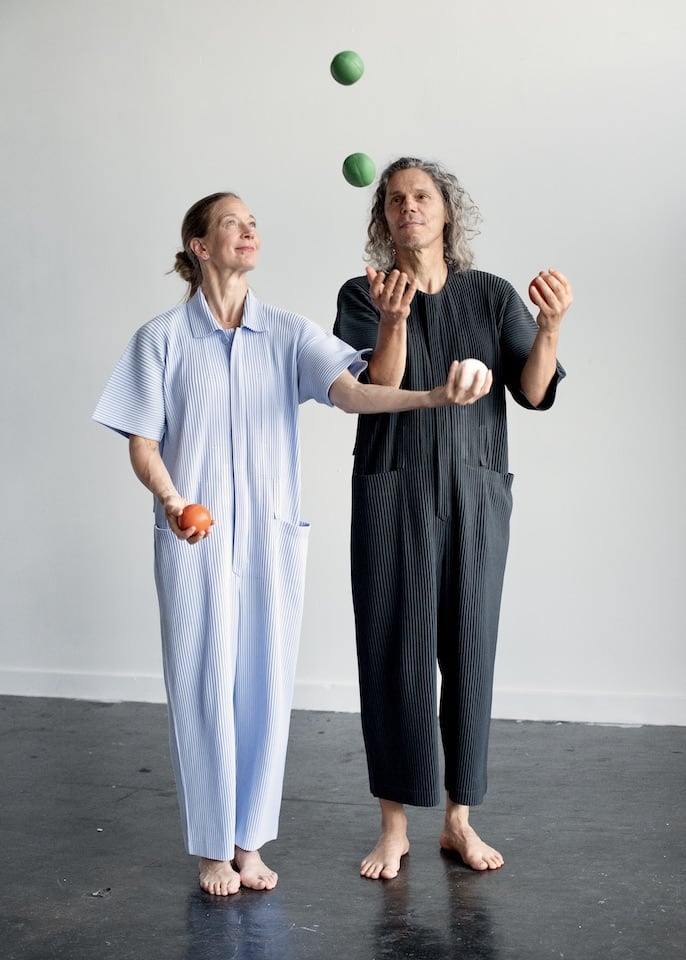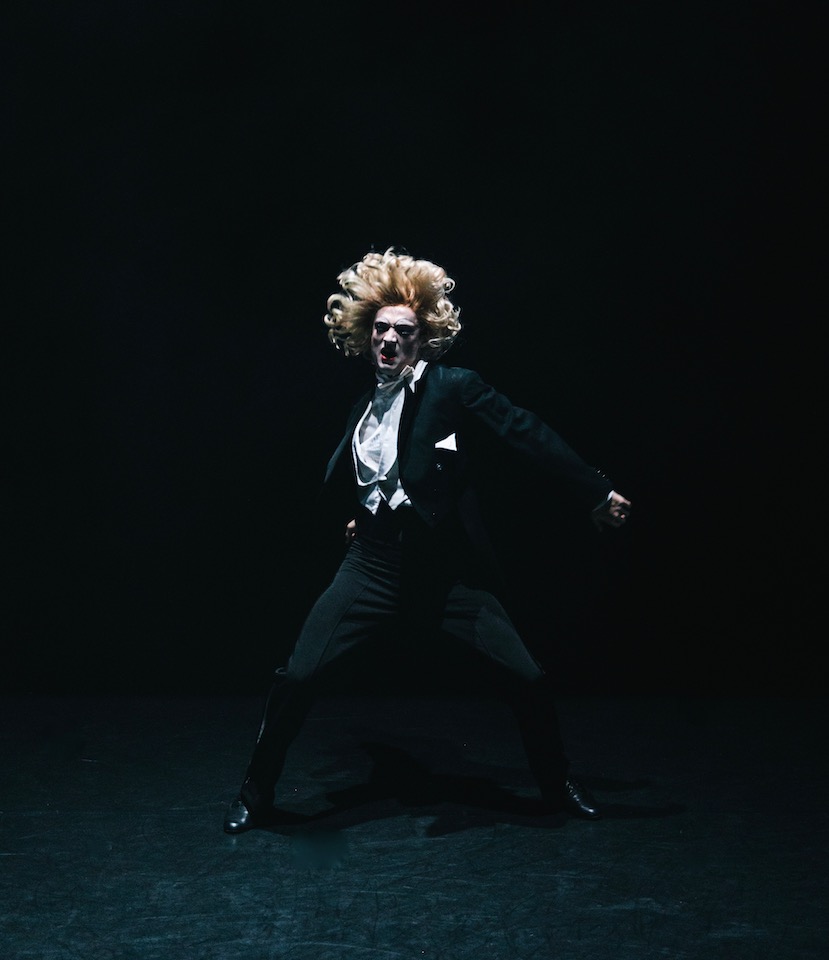So that’s the end of the London International Mime Festival – at least, as we know it. Founded in 1977 as a one-off event, it grew to become an important landmark in the city’s cultural life. Still directed by its founder Joseph Seelig, alongside Helen Lannaghan since 1986, it has certain word-of-mouth, under-the-radar appeal that draws strength – perhaps counterintuitively – from its sheer oddness and unclassifiability. The very word ‘mime’ masks the varied, genre-busting faces of the festival, which freely incorporates visual, physical and object theatre as well as dance, circus, puppetry, and more besides. The result might be a bit of a headache for marketing, but is often a treat for audiences. For dancegoers such as myself, LIMF has served as a refreshing annual outing from the sometimes hermetic contemporary dance scene, bringing its own offbeat sensibility, its mix-and-match aesthetics and always with an eye on the audience.
The festival’s future direction remains undecided, but it is clear that it will be much scaled down. To mark the end of the era, Springback sent a first-timer (Georgia Howlett) and an old-timer (me) through some of the dancier parts of LIMF 2023, its 47th edition. Read our reflections below, and please join us in saluting LIMF for its inimitable mime times.
— Sanjoy Roy









